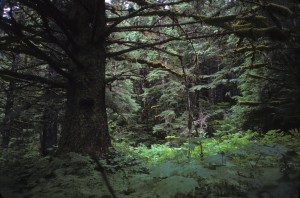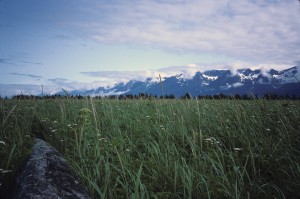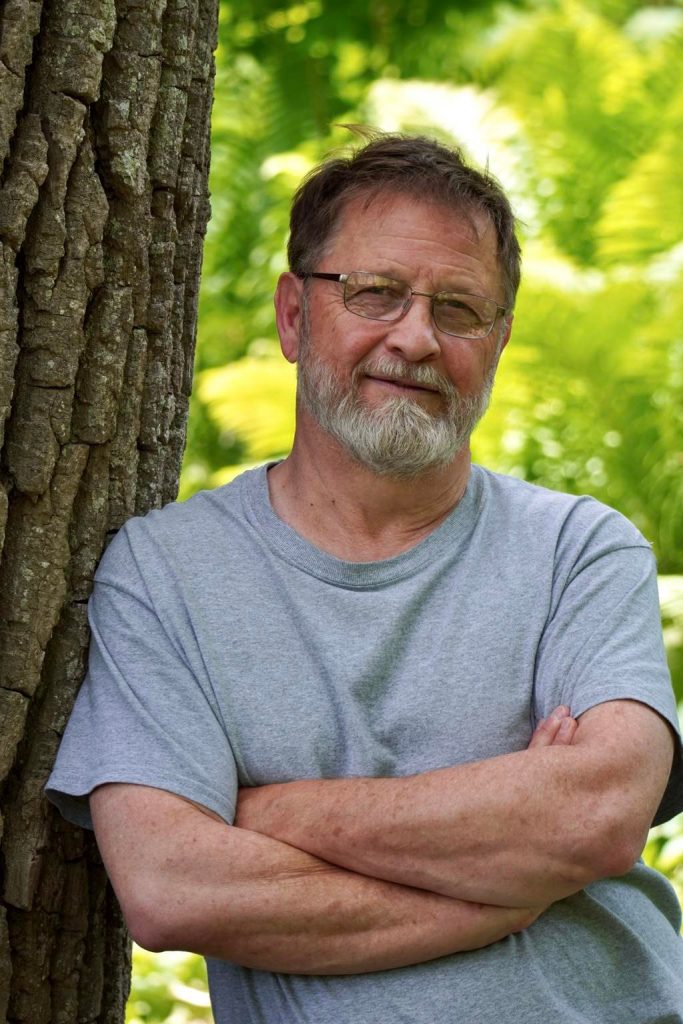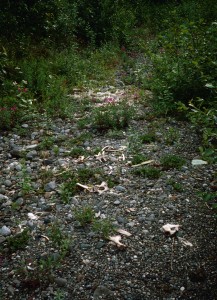 A friend of mine urged me to visit Salon.com and read an article about how the government has created a climate of fear since 9/11. I did just that and, quite frankly, I was underwhelmed. Like most of what passes for journalism these days, the article was only about half true.
A friend of mine urged me to visit Salon.com and read an article about how the government has created a climate of fear since 9/11. I did just that and, quite frankly, I was underwhelmed. Like most of what passes for journalism these days, the article was only about half true.
Fear is alive and well in America nowadays, but that’s largely due to the fact that we have created the ideal environment for it. We live in a culture of fear, and all of us are culpable to some extent: patriots, pundits, fundamentalists, environmentalists, artists, scientists, government workers, businessmen, teachers, radicals and conservatives alike. All of us are on the verge of panic on any given day, and neither politicians nor the media can resist playing on that. Why should they?
Some nut shoots up the place and suddenly he has the rapt attention of the entire nation. Why shouldn’t the media, the government or anyone else with a vested interest exploit the situation? What’s to stop them?
When I was in the wilds of Southeast Alaska years back, I stumbled upon the remains of a moose. I found a little hair, blood and tissue, but mostly just bones scattered across the gravel riverbank. I squatted down in the middle of the mess and tried to wrap my brain around what had happened here. Moose don’t die of old age in the open like this, I told myself. They crawl into the dense alder bush to do it. So this one must have been surprised by a brown bear, a pack of wolves, or something. Suddenly it occurred to me that I could meet a similar fate before the end of the day. Then I felt what can only be described as absolute dread. Sometimes one has good reason to be afraid. Some threats are immediate and very real.
What are the chances of either you or me being hit by lightning? That’s not nearly as likely as one of us being horribly mangled or killed in an auto accident. I’ve never seen a terrorist or mad gunman in action, but I’ve arrived early onto the scene of a horrific auto accident several times. And yet, like most people, I keep on driving my car as if it could never happen to me.
Some things are worth being afraid of. Others are not. But in a culture of fear, legitimate fears are ignored while other less significant threats are blown completely out of proportion. Why? Because there’s money to be made by it. Because we’ll go to any lengths to prevent or avoid the threats that we believe can be prevented or avoided. Yet who refuses to get into their car?
Snoop around on the Internet and you’ll find that many more Americans die in auto accidents each year than have died in the Iraq and Afghanistan Wars combined. And every year there are many more auto deaths than murders in this country. Think about that the next time you strap yourself into your car and head for the highway. Then ask your self why you don’t fear your car at least as much as you fear the random bomb or bullet.
Tags: Alaska, death, fear, media hype, politics, rationalization, reality
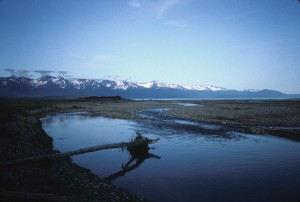 Alaska is one of those places you never forget. In the sumer of ’92, I had a bush pilot drop me at a remote airstrip near the mouth of the Endicott River, and there I stayed for two weeks grooving with bears, eagles, ravens and salmon. That was almost twenty years ago. It seems like yesterday.
Alaska is one of those places you never forget. In the sumer of ’92, I had a bush pilot drop me at a remote airstrip near the mouth of the Endicott River, and there I stayed for two weeks grooving with bears, eagles, ravens and salmon. That was almost twenty years ago. It seems like yesterday.
